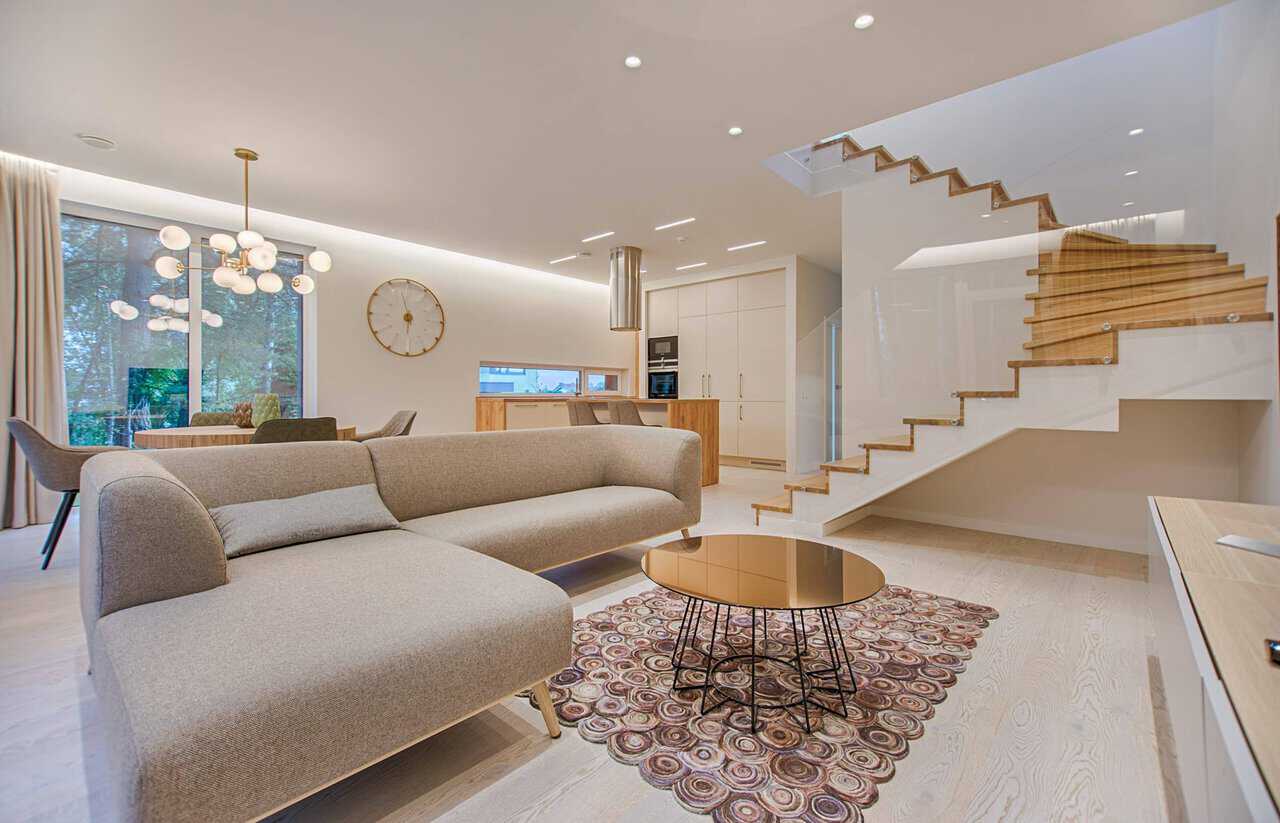By Angela Healy
This article originally appeared in the August issue of REI-Ink Magazine. You can find the online version here.
Flipping a home – or the process of renovating a home and reselling for a profit is nothing new for real estate investors. Leading into the 2007 housing crisis, home flipping was a common and very profitable endeavor. Today, savvy investors continue tracking “up-and coming-neighborhoods” and aging homes in desirable neighborhoods for financial gain.
When considering home flipping, the BRRRR (Buy, Rehab, Rent, Refinance, Repeat) Method is often followed. This real estate investment strategy involves flipping a distressed property, renting it out and then either: 1. Selling it or 2. Refinancing it in order to fund further rental property investment – ideally its the latter.
Beyond this strategy, the most successful real estate investors know that profitable property investments are well-thought out, intentional, and have a vision for the future. This is especially true if renovating and reselling the home is part of that strategy – requiring foresight into the market appraisal opportunities, renovation costs, and buyer demand.
Over the last three decades, I’ve worked on my own investments and those of my clients to identify, renovate and lease properties for a very niche market – corporate housing. While home flipping requires a baseline level of knowledge, resourcefulness and experience, home flipping for corporate housing has many requirements that must be considered from the start. In this market, my clients – with some upfront capital investments – can turn an unfurnished rental property into a furnished corporate housing rental and triple (if not quadruple!) their monthly revenue generated.
While the recent pandemic initially slowed corporate travel, the demand for corporate housing is growing again. In today’s tight housing market, the desire to move to new locations is at an all time high. Those seeking to buy a home in a new area need interim housing and many want to “try-out” their new city before making a major investment in a new home. It is a great time to explore opportunities in corporate housing. If the purchaser is prepared to make the right investments to attract this highly attractive target market the financial returns could be significant.
Here are four factors to consider.
1. Up Your Investment with a Class A Property
Properties are often classified as Class A, B or C in the residential real estate market to help potential investors identify an ideal property. There is no industry-wide standard for evaluating a house, but factors such as age, condition, location and appreciation opportunities factor into the classification. The traditional, unfurnished rental market is mainly consumed with Class B properties owned by real estate investors for a passive income source. These properties are almost always in demand from median income tenants, and also less expensive to purchase when compared to Class A properties.
 When purchasing a property to rent, the investor will usually invest just enough to make it a Class B property that can be rented to generate approximately 1% of the value of the property to cover the mortgage each month. To do this, appliances are updated, finishings such as countertops and lighting are replaced, paint is refreshed and new carpeting is installed before each new tenant. However, unlike a Class A property, expensive finishings and design features are not incorporated into the renovation. With a Class B approach, asset preservation is not prioritized as renovation must happen every 1-2 years in-between tenant occupancy.
When purchasing a property to rent, the investor will usually invest just enough to make it a Class B property that can be rented to generate approximately 1% of the value of the property to cover the mortgage each month. To do this, appliances are updated, finishings such as countertops and lighting are replaced, paint is refreshed and new carpeting is installed before each new tenant. However, unlike a Class A property, expensive finishings and design features are not incorporated into the renovation. With a Class B approach, asset preservation is not prioritized as renovation must happen every 1-2 years in-between tenant occupancy.
However, those investing in the corporate housing industry can benefit from owning a Class A property to be rented. With a Class A property, asset preservation is prioritized and investments are made into the property to extend its durability and appearance. By bringing it to a higher value – and renovating it as if you would sell it as a Class A property – owners can demand a higher rental value in corporate housing. Unlike unfurnished housing, a corporate housing property typically does not have to be refreshed every year and as a result the asset is preserved.
Consider this chart. While the upfront costs to purchase and renovate a Class A property is higher in year one, the market opportunity in corporate housing should generate greater long-term returns.
| Unfurnished 1700 sq foot Property – Class B | Furnished 1700 sq foot Property – Remodeled to Class A | |
| Purchase Price | $295,000 | $295,000 |
| Renovations | $0 | ($10,000) |
| Design, Furnishing & Set-Up | $0 | ($27,200) |
| Monthly Rental Rate | $1,700/month | $4,500/month |
| Annual Rental Revenue and Vacancy Rate Loss | $18,700 | $49,500 |
| Annual Maintenance | ($5,000 – $10,000/year) | ($3,000 – $4,000/year) |
| Utilities | $0 | ($4,200) |
| Appreciation | 10% per year on value | 10% per year on value |
| Est. Year 1 Home Value + Profit | $333,200 | $365,800 |
| Est. Year 2 Home Value + Profit | $374,350 | $439,550 |
| Est. Year 3 Home Value + Profit | $418,745 | $516,545 |
Disclaimer: This model is based on an actual property transaction and remodel in Raleigh, North Carolina. However, past experiences are not indicative of future results. Every market and property is different. This chart is an overly simplified example of some of the core costs and opportunities. Each property must be evaluated individually for its potential for corporate housing.
2. Not Every Property is Well Suited for Corporate Housing
When considering purchasing an investment property for corporate housing, the investor must consider a variety of factors that extend beyond a typical property evaluation. What may look like a great property to the traditional investors, may lack key characteristics that enable that property to be leased for corporate housing. It is important to solicit the services of an experienced realtor that understands these distinguishing characteristics, and can help the investor evaluate potential properties.
In my experience, we consider location, safety-ratings, the unit quality, design aspects and layout as well as the HOA and rental regulations that apply to the property. Often, small details such as unit accessibility, can make it difficult to rent to corporate housing guests. It is important to start with a solid foundation so that the renovation and maintenance costs are contained where possible so it can be a flip versus a flop.
3. Quality over quantity
In traditional residential real estate investing, particularly with unfurnished apartment leases, the quantity of properties – versus quality – can increase the revenue potential of the real estate investor.
However, with corporate housing given the more frequent turnover (every 3-6 months on average) and the higher level of service required to maintain the quality over time, a large volume of properties could become increasingly difficult to manage. Therefore, it can often be more advantageous for a property investor to consider purchasing a 3 or 4 bedroom corporate housing property which would generate the equivalent of 4-8 single bedroom properties, with a fraction of the management and maintenance needs.
The combination of remote work and tight housing industry has put a demand on fully-furnished single-family homes and townhomes suited for families. These are often used for families that are relocating or traveling as a family, and resulting in an increased demand that is not expected to fall. Therefore, property investors should consider the quality and revenue potential of one or a few properties versus numerous, lower-quality properties. In some cases, a happy family and corporate housing tenant may decide the property is such a perfect fit that they want to make an offer to purchase it!
4. Long-term mind-set
A corporate housing investment strategy requires a long-term mind-set. As discussed earlier, it is likely that after renovating and furnishing a corporate housing property, the first year of rental income would likely result in neutral or minimal revenue for the property investor. However, as the property appreciates and earns a higher monthly income, hopefully, the total revenue will grow and the value of the property will continue to rise. In addition, the home furnishings and interior quality will depreciate slower than a traditional unfurnished property where furniture movement and long-term wear shows. A corporate housing guest will almost always show a higher level of respect and care for a property – especially when a company is footing the bill.
Generally, we advise our property investor partners to sell a property after 5-7 years with a potential tax beneficial1031 exchange allowing them to turn that initial investment into two new properties. Corporate housing investment is a long-term investment, and those with the patience and initial investment will reap the reward in the years to follow.
CASE STUDY: For example, my colleagues at AvenueWest Raleigh recently helped a property investor transition an unfurnished four-bedroom property that was leasing for $1,400 each month into a corporate housing property that now earns $5,200 each month. They assisted the investor in seeing the potential of this home that was in a premium location, but lacked the quality furnishings and interior to earn rental income at a Class A level. In addition, they helped identify the renovations that were needed, coordinated the contracting process, and purchased the furniture to align with the design vision. Now, this property that was purchased over five years ago for $160,000 is appraising for over $400,000 and generating significant income for the investor on a month-to-month basis.
Flipping a home for corporate housing is not an easy process, but with the right guidance, expertise and patience – the profit opportunity is worth exploring.

